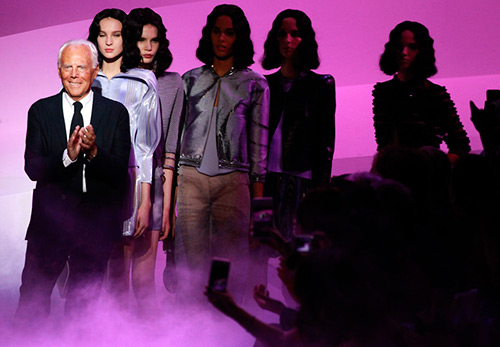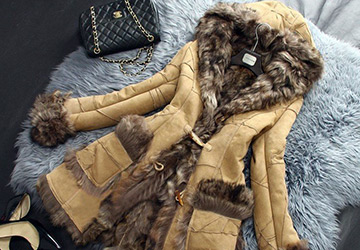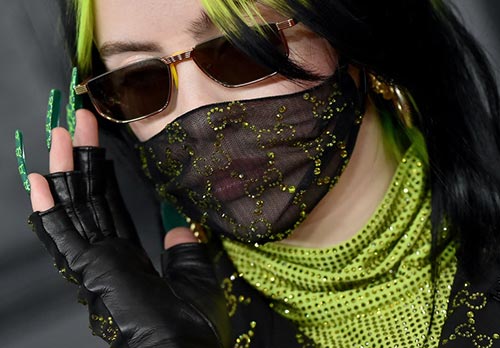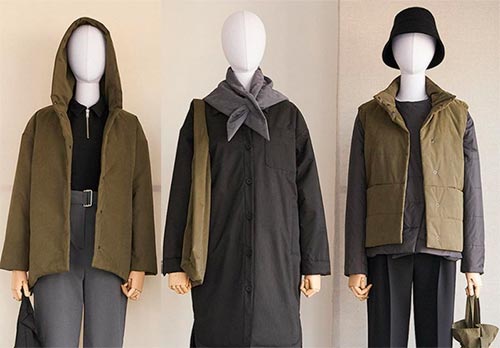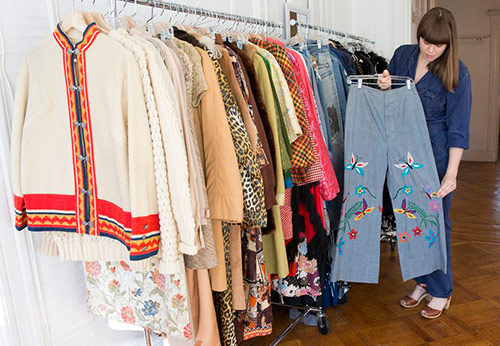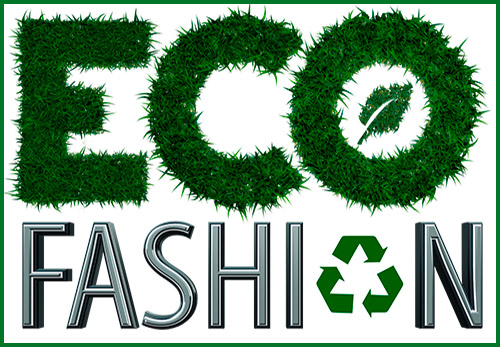News from mystyle.decorexpro.com/en/
Eco-Fashion Trend
Today, the topic of ecology is very relevant, and it's no secret that it has touched the fashion industry.
Over the past decades, clothing production has doubled. People bought more clothes and kept less. Fast Fashion influences dandies who want to look their million dollar forever.
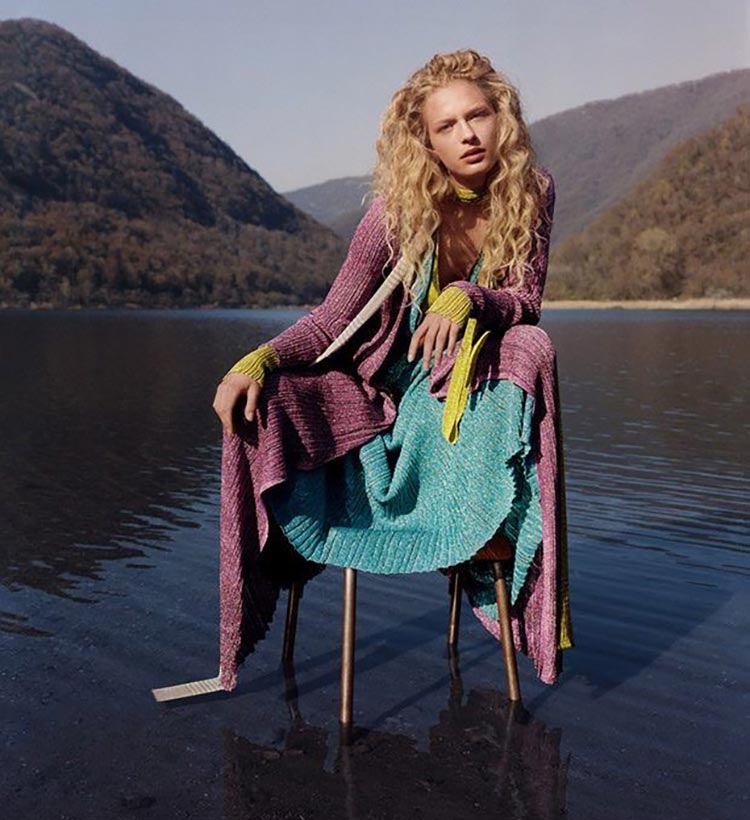
The mass market, which renews its collections every three weeks, drives shopaholics in and literally encourages them to shop.
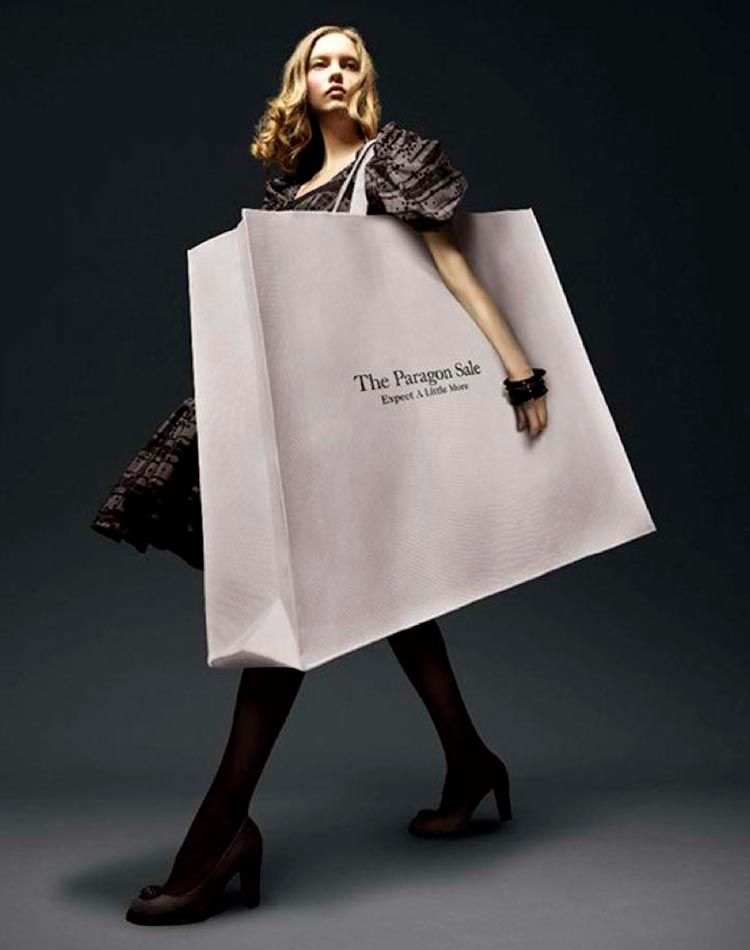
Clothing manufacturing really contributes to the pollution of the environment. Starting from pesticides and chemicals that get into the water, and ending with the release of harmful gases in the production of synthetics.
Giant landfills that look like cities, killings of animals, factories that pollute air and water, in all this, the fashion industry takes the second place in terms of damage that it causes to the environment.
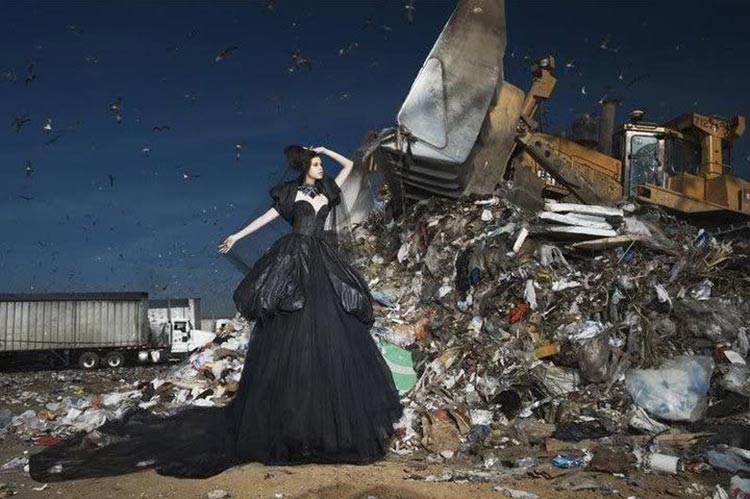
With global apparel production doubling in recent years, the CO2 emissions from the textile industry exceeded those of the shipping and international travel industries combined. Cotton and polyester make up 85% of the raw materials in garment production, and both of these materials are far from sustainable.
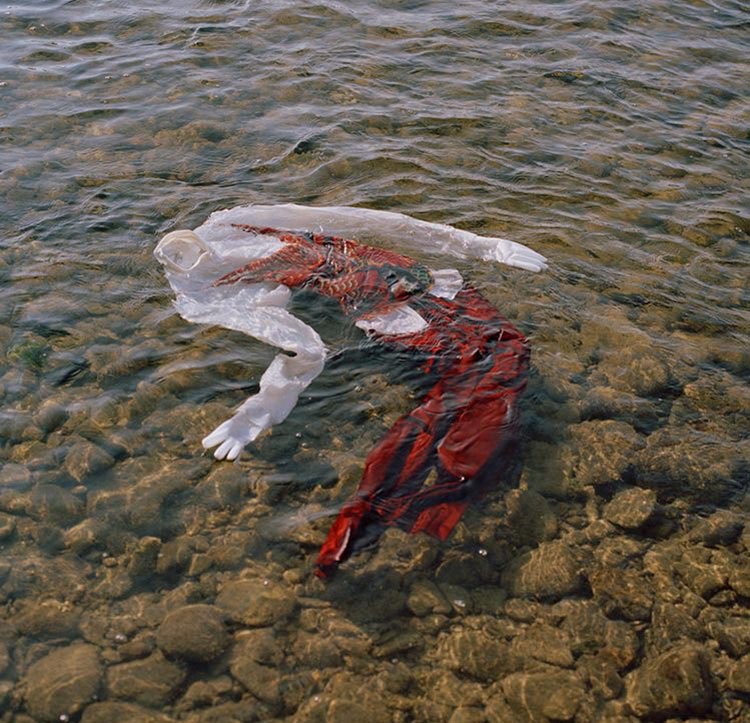
For example, polyester is made from crude oil, the production of which can be associated with toxic leaks and water pollution.
Basically, polyester cannot be biodegradable. In addition, the fabric is dyed with chemical dyes that contaminate groundwater sources. Cotton as a crop requires a lot of water and insecticides. Growing cotton for one T-shirt requires 2.7 thousand liters of water. For comparison, so much is required for a person for three years of life.
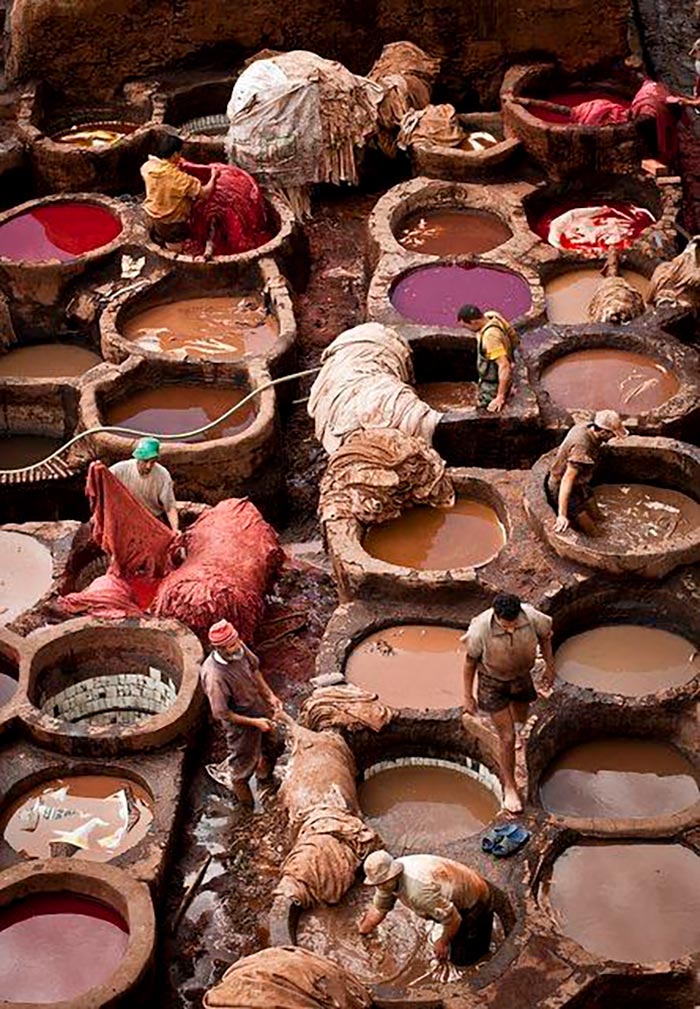
Of course, some firms use organic cotton grown without the use of pesticides, but this is only 1% of the world harvest, and such cotton requires no less water.
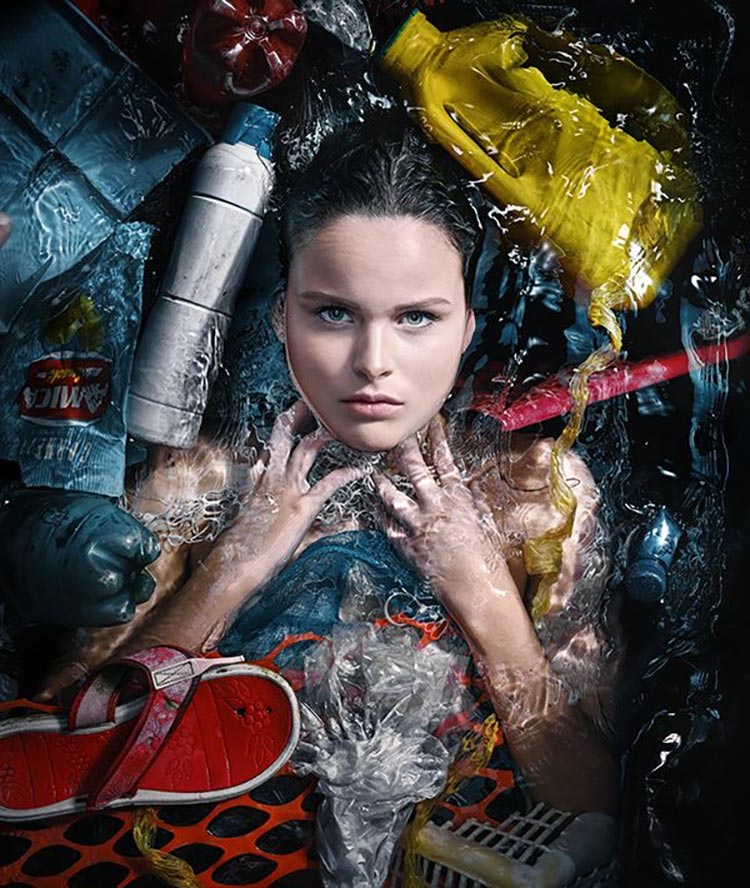
Two years ago, 94 firms, representing a combined 12.5% of the fashion market, signed the Global Fashion Agenda 2024. Under this agreement, each company has a set of individual goals, while the overall goals are to use water more efficiently, develop sustainable fibers and create new systems. processing. Some brands also have their own initiatives.
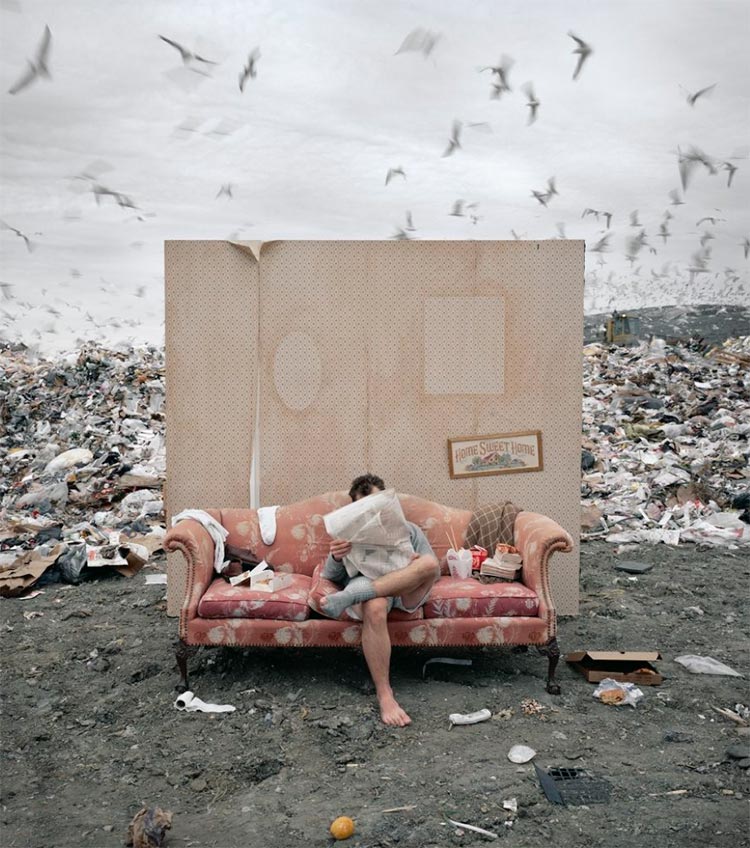
So, Adidas has promised to use exclusively recycled plastic by 2024. H&M plans to switch entirely to recycled and other environmentally friendly materials by 2030.
PVH, the owner of the Calvin Klein and Tommy Hilfiger brands, intends to use raw materials only from environmentally friendly sources: for cotton and viscose by 2025, for polyester by 2030.
Urban Outfitters has launched a women's clothing rental service in the United States. Prada has pledged to replace all of its current nylon with more environmentally friendly materials, such as synthetics made from recycled plastics from the world's oceans.
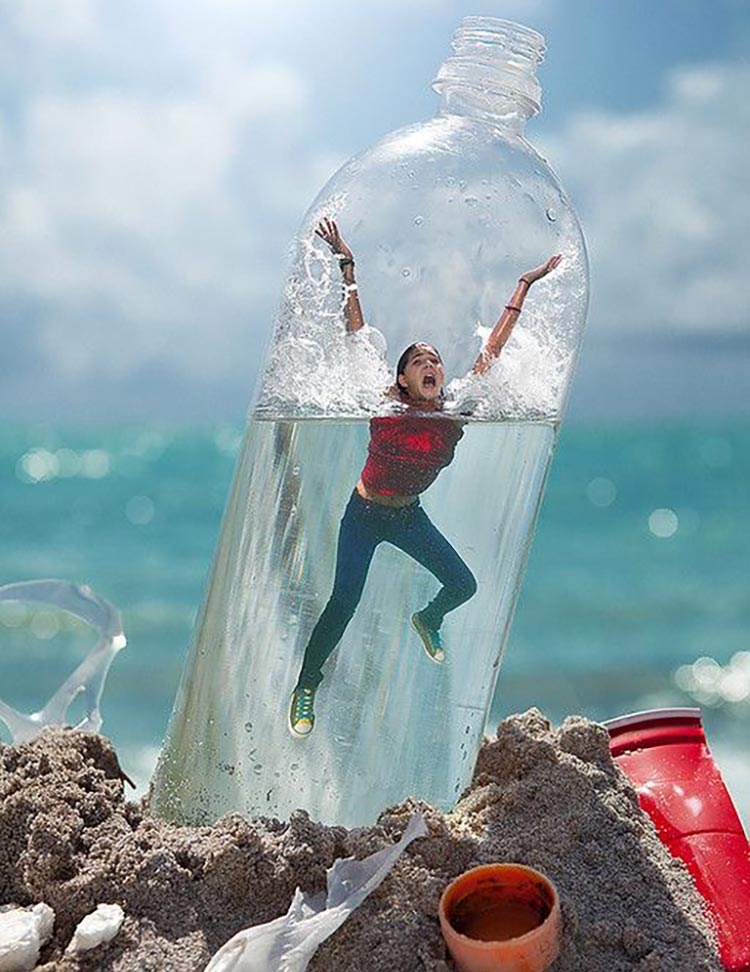
In addition, after decades of listening to the rebukes of animal advocates, Prada recently followed the example of Burberry and Gucci by banning the display of natural fur on the catwalks.
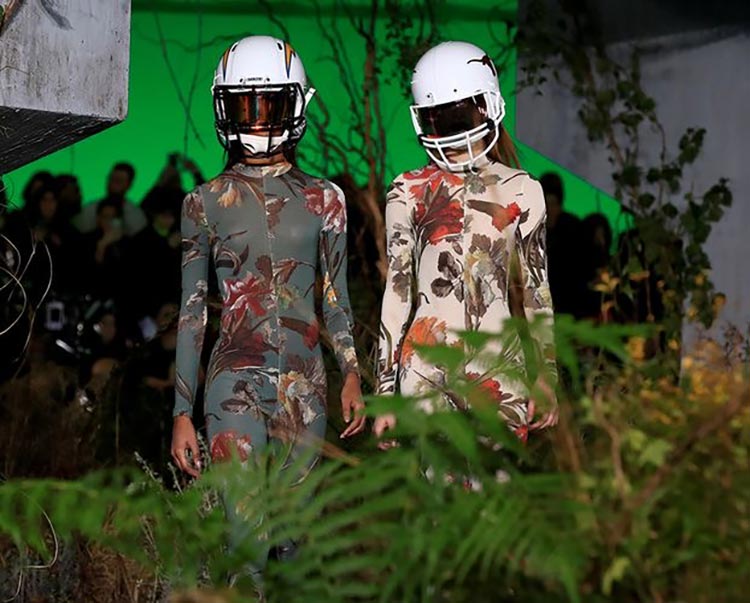
The adoption of new practices does not yet compensate for the rapid growth of the industry, which could reach 100 million tons of shoes and apparel purchased annually by 2030. The same Global Fashion Agenda, revised in 2024, notes that without deep and systemic changes, the fashion industry is still far from meeting the sustainable development goals set by the UN.
And the fast fashion industry is hardly slowing down. For example, in India, the partner of the Spanish Inditex in the development of the Zara network in the country, the Tata Group holding, is building its own textile empire that promises consumers “super-fast fashion” - 12 days between the runway and the counter, and even at half price.
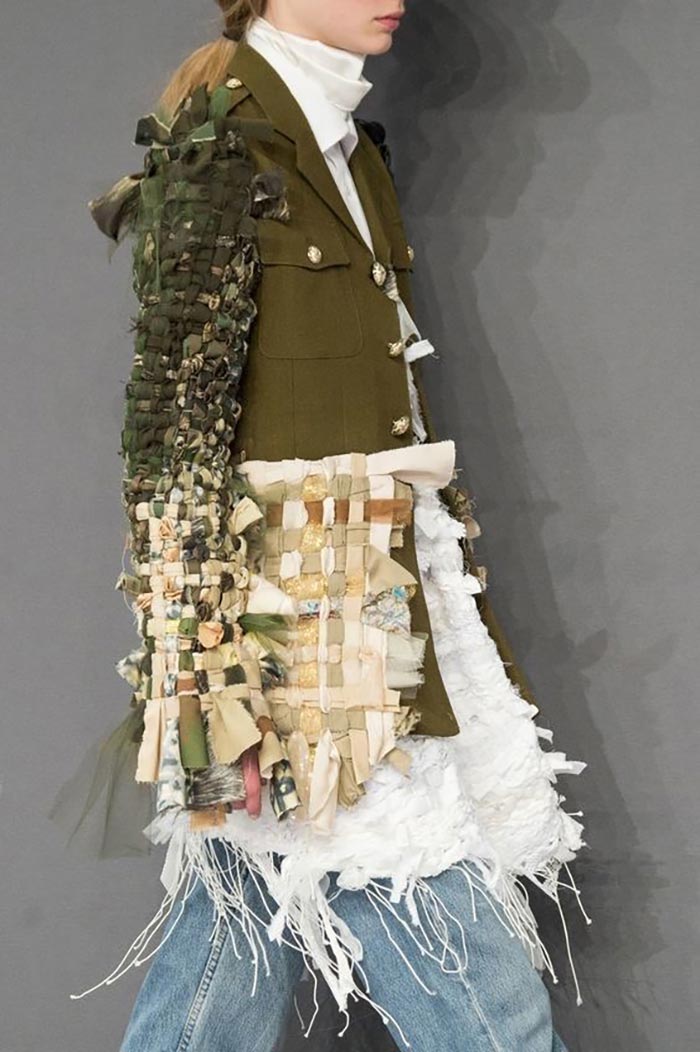
But, there is good news! The ice has broken! Mass-market clothing lines, which are the most demanded clothing today, are slowly moving to ecological production.And believe me, not only clothing companies for conscious consumption, but also models have picked up this fashion trend.
Supermodel Naomi Campbell starred in 2024 for the July issue of Elle, which focused on resource conservation and environmental concerns. The Naomi Foundation pays a lot of attention to helping children in Africa, and also supports the young Swedish activist Greta Thunberg.
In a world where trends change every season, a complete shift to conscious production sounds like a fairy tale. But I'm sure brands that have tried conscious consumption on themselves have launched this complex mechanism of work. And I really hope that in the future we will switch to ecological fashion. And of course, I want to say that each of us must start with ourselves. Together we can achieve our goals much faster. Let's take care of nature, because it is so beautiful!
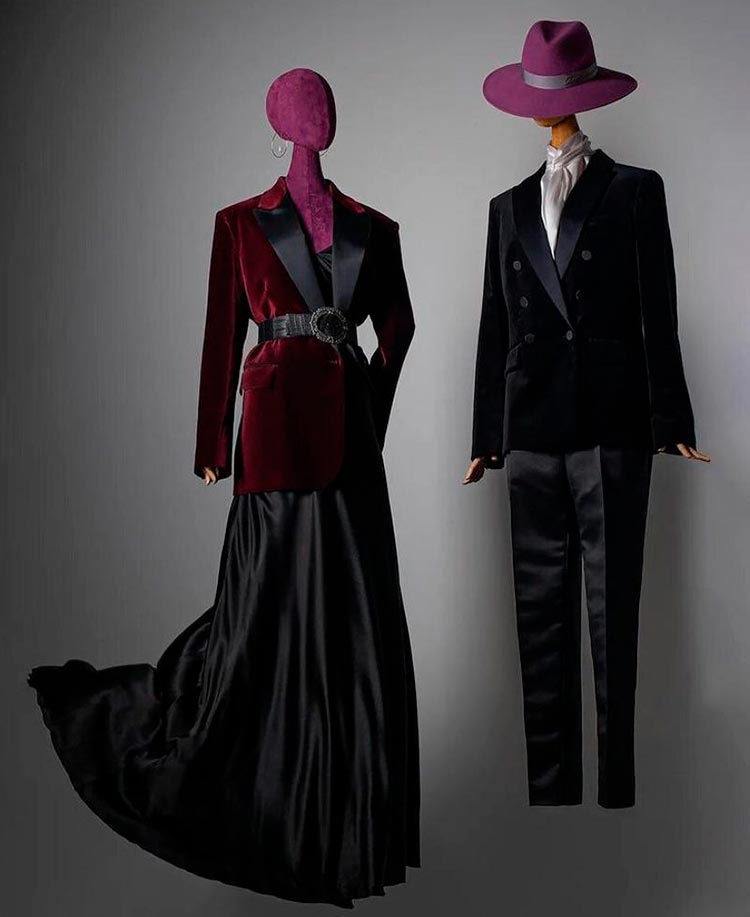
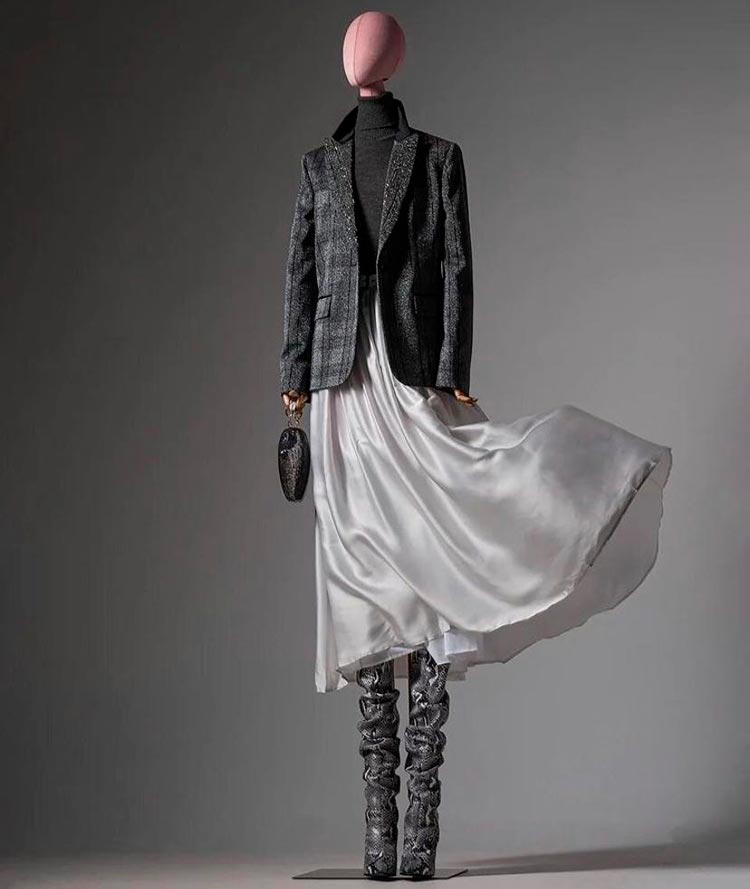
Comments and Reviews
Add a comment
Rating news
Shades of clothing that make women look younger
What shades of hair make women younger: rules and photos
Funny wedding dresses - photos and ideas
12 most expensive down jackets for the winter
How to look 25 at 40: tips from supermodels
Beautiful schoolgirls
Anti-aging haircuts and hairstyles for women
Fashionable skirts for autumn and winter
Fashionable women's trousers for the cold season
Fashionable and stylish sandals for summer 2024
Spring-summer 2024
 Fashionable dresses and tops with thin spaghetti straps
Fashionable dresses and tops with thin spaghetti straps
 Bandana tops: how to wear stylishly and beautifully
Bandana tops: how to wear stylishly and beautifully
 How to put together the perfect men's wardrobe for the summer
How to put together the perfect men's wardrobe for the summer
 Fashionable shorts for spring-summer 2024
Fashionable shorts for spring-summer 2024
 Fashionable skirts for spring-summer 2024: a guide to online shopping
Fashionable skirts for spring-summer 2024: a guide to online shopping
 The most fashionable dresses spring-summer 2024: styles and colors
The most fashionable dresses spring-summer 2024: styles and colors
 Fashionable total look 2024: image ideas and trends
Fashionable total look 2024: image ideas and trends
